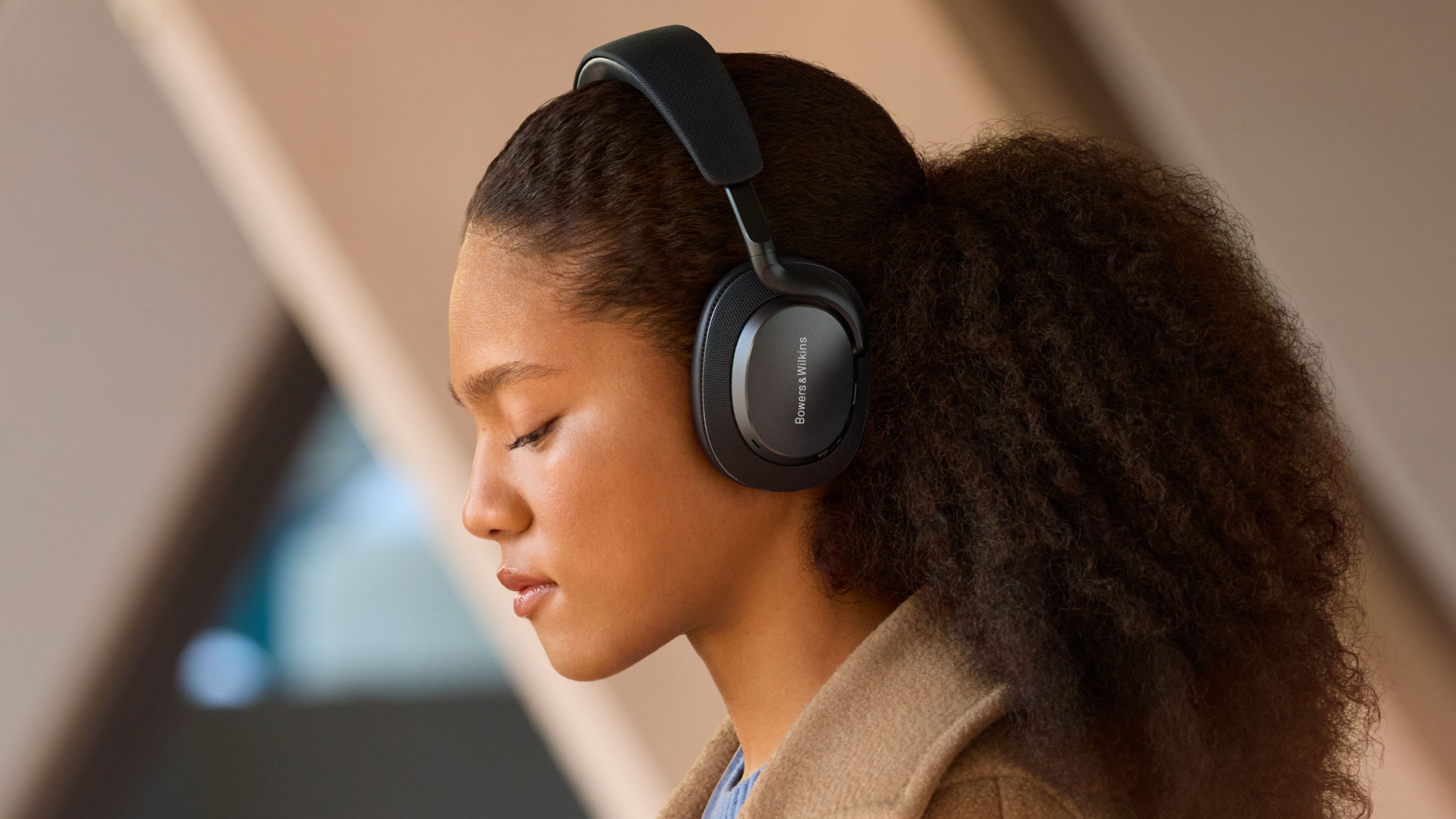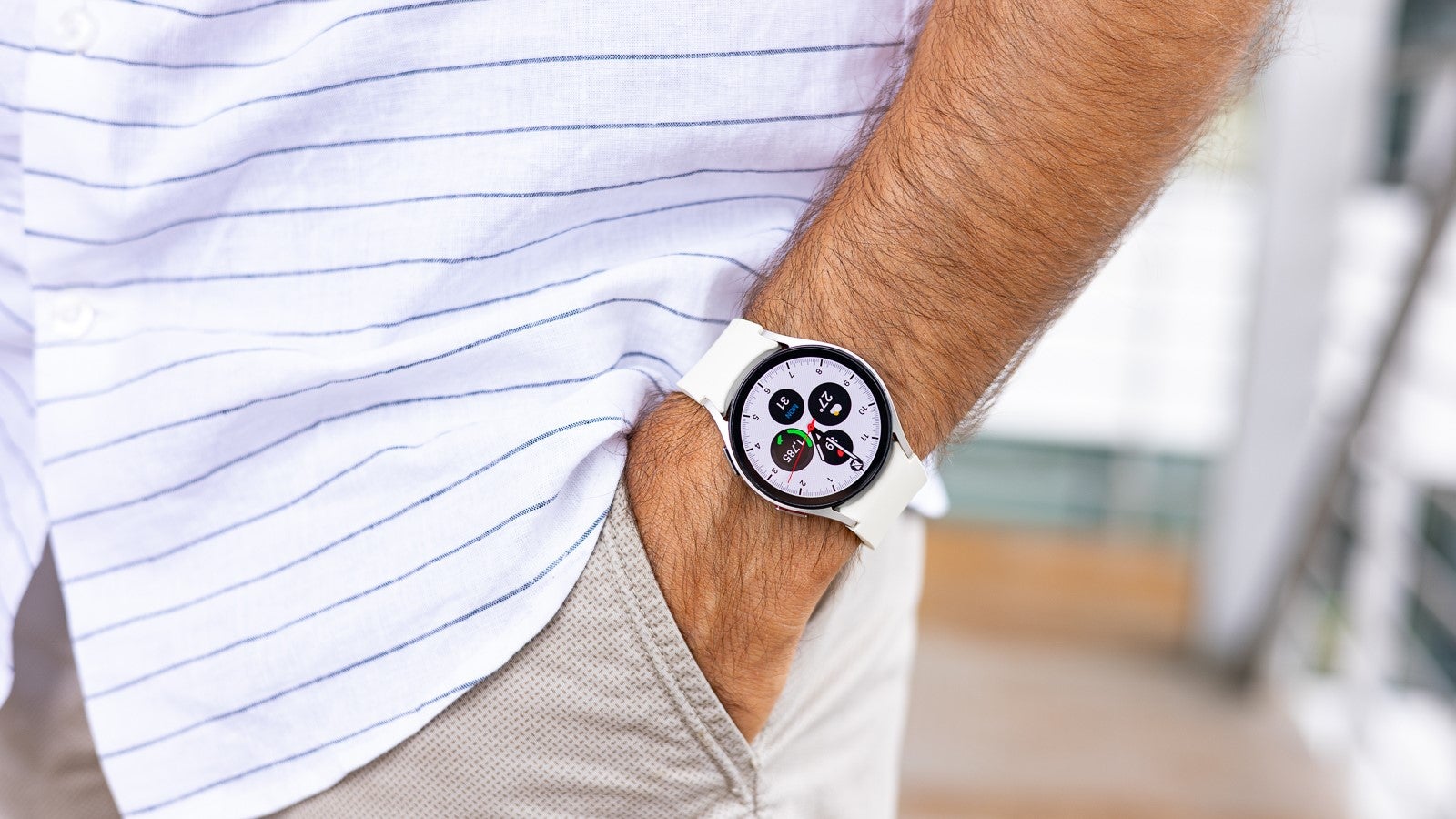Palm Print Biometric Deployment—5 Key Considerations for Businesses
Palm print biometric technology is transforming how industries manage identity verification. As the need for secure, hygienic, and efficient authentication rises, this solution delivers high precision and a completely contactless experience. In an era where security risks and hygiene standards are critical, outdated systems are no longer enough. Biometric authentication has moved beyond traditional fingerprints and facial recognition. Organizations now require advanced systems that are fast, accurate, and hard to spoof. Palm print biometric technology meets these demands by analyzing both surface and sub-surface palm features, including vein structures and skin patterns. This method is gaining traction across healthcare, banking, government, and public safety sectors. Businesses use it to improve access control, safeguard data, and create seamless user experiences. It is not just a new option, it is a powerful step forward in secure identity management. FacePlugin offers a robust Palm Recognition SDK that provides real-time, high-accuracy performance with full customization options. Empower your business with FacePlugin. Experience precision, security, and scalable biometric technology designed for real-world success. Palm Print Biometric – An Overview of the Technology Palm print biometric tech isn’t just an upgrade. It’s a leap in biometric security and user hygiene. Unlike fingerprint scanners or facial recognition, palm print biometric systems use internal and external hand features. They scan palm vein structures, skin textures, and line geometry. That makes it hard to fool and even harder to replicate. The core identifier? Vein patterns. These are under the skin, invisible to the eye, and incredibly unique to each individual. Combine those with surface lines and textures. You get a multi-layered, ultra-secure match. Palm vein biometrics offer higher spoof resistance than fingerprint systems. Line geometry provides an added layer of personal detail. Texture mapping ensures the system responds accurately, even with partial palm scans. This system’s contactless nature makes it perfect for sensitive settings. Healthcare. Food manufacturing. Clean rooms. No need to touch anything, users just hover their palms near a sensor. Palm print biometric solutions perform well in low light. They work if the hand’s tilted. They adjust for movement too. In places where hygiene and access speed matter most, they win. Use it where you can’t risk compromise because palm print biometrics doesn’t mess around. Palm Print Biometric Deployment: 5 Key Considerations for Businesses Read full article here. https://faceplugin.com/palm-print-biometric-deployment-5-key/
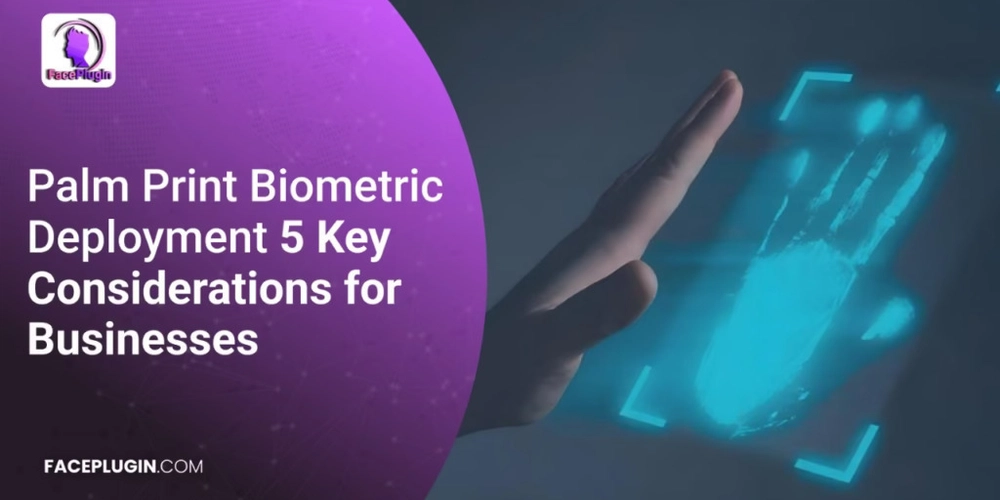
Palm print biometric technology is transforming how industries manage identity verification. As the need for secure, hygienic, and efficient authentication rises, this solution delivers high precision and a completely contactless experience. In an era where security risks and hygiene standards are critical, outdated systems are no longer enough.
Biometric authentication has moved beyond traditional fingerprints and facial recognition. Organizations now require advanced systems that are fast, accurate, and hard to spoof. Palm print biometric technology meets these demands by analyzing both surface and sub-surface palm features, including vein structures and skin patterns.
This method is gaining traction across healthcare, banking, government, and public safety sectors. Businesses use it to improve access control, safeguard data, and create seamless user experiences. It is not just a new option, it is a powerful step forward in secure identity management.
FacePlugin offers a robust Palm Recognition SDK that provides real-time, high-accuracy performance with full customization options.
Empower your business with FacePlugin. Experience precision, security, and scalable biometric technology designed for real-world success.
Palm Print Biometric – An Overview of the Technology
Palm print biometric tech isn’t just an upgrade. It’s a leap in biometric security and user hygiene. Unlike fingerprint scanners or facial recognition, palm print biometric systems use internal and external hand features. They scan palm vein structures, skin textures, and line geometry. That makes it hard to fool and even harder to replicate.
The core identifier?
Vein patterns. These are under the skin, invisible to the eye, and incredibly unique to each individual.
Combine those with surface lines and textures.
You get a multi-layered, ultra-secure match.
Palm vein biometrics offer higher spoof resistance than fingerprint systems.
Line geometry provides an added layer of personal detail.
Texture mapping ensures the system responds accurately, even with partial palm scans.
This system’s contactless nature makes it perfect for sensitive settings. Healthcare. Food manufacturing. Clean rooms. No need to touch anything, users just hover their palms near a sensor.
Palm print biometric solutions perform well in low light. They work if the hand’s tilted. They adjust for movement too. In places where hygiene and access speed matter most, they win.
Use it where you can’t risk compromise because palm print biometrics doesn’t mess around.
Palm Print Biometric Deployment: 5 Key Considerations for Businesses
Read full article here.
https://faceplugin.com/palm-print-biometric-deployment-5-key/







































































































































































![[The AI Show Episode 144]: ChatGPT’s New Memory, Shopify CEO’s Leaked “AI First” Memo, Google Cloud Next Releases, o3 and o4-mini Coming Soon & Llama 4’s Rocky Launch](https://www.marketingaiinstitute.com/hubfs/ep%20144%20cover.png)















































































































































































































































(1).jpg?#)





-Classic-Nintendo-GameCube-games-are-coming-to-Nintendo-Switch-2!-00-00-13.png?width=1920&height=1920&fit=bounds&quality=70&format=jpg&auto=webp#)

























_Olekcii_Mach_Alamy.jpg?width=1280&auto=webp&quality=80&disable=upscale#)



























































































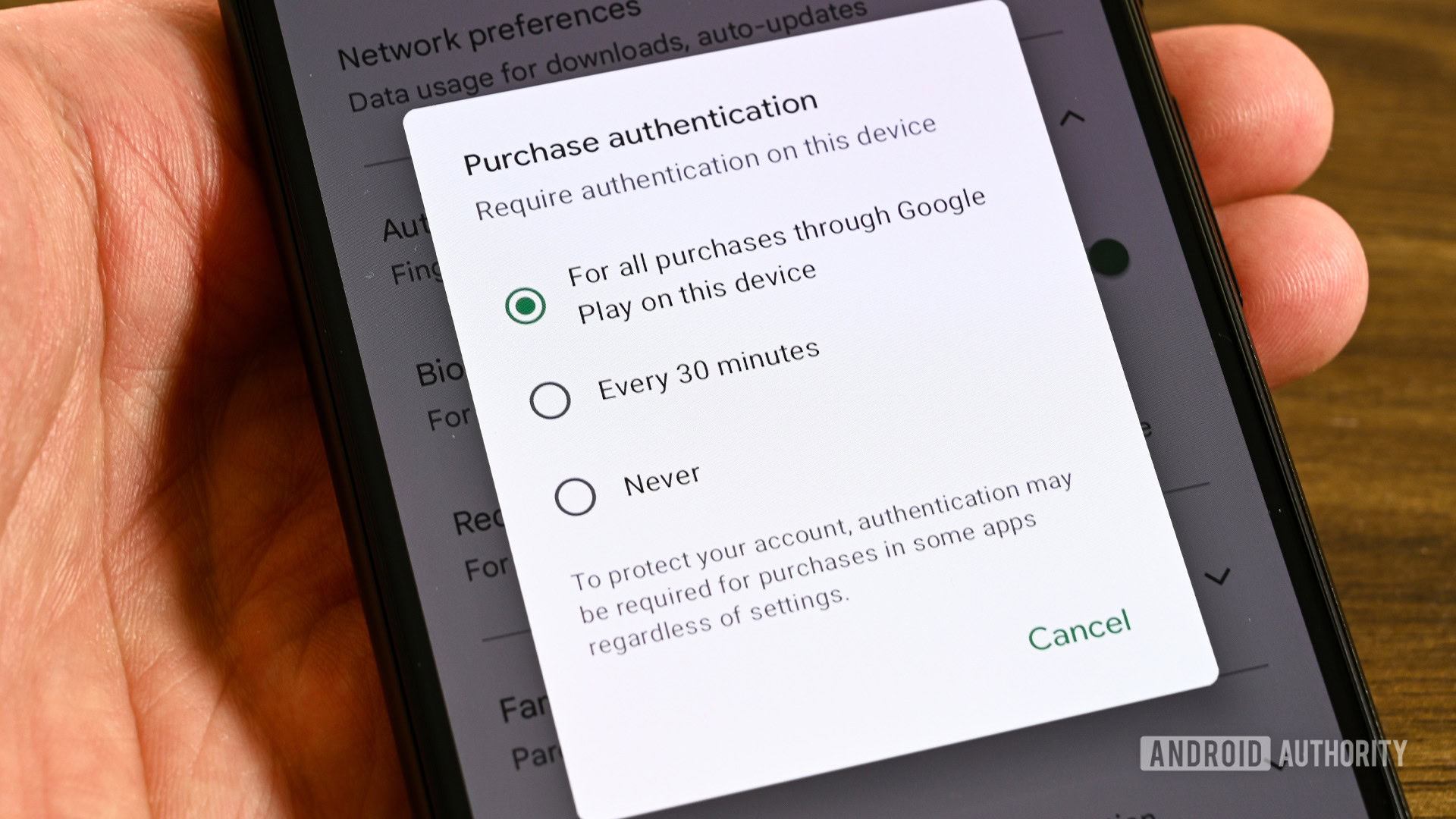
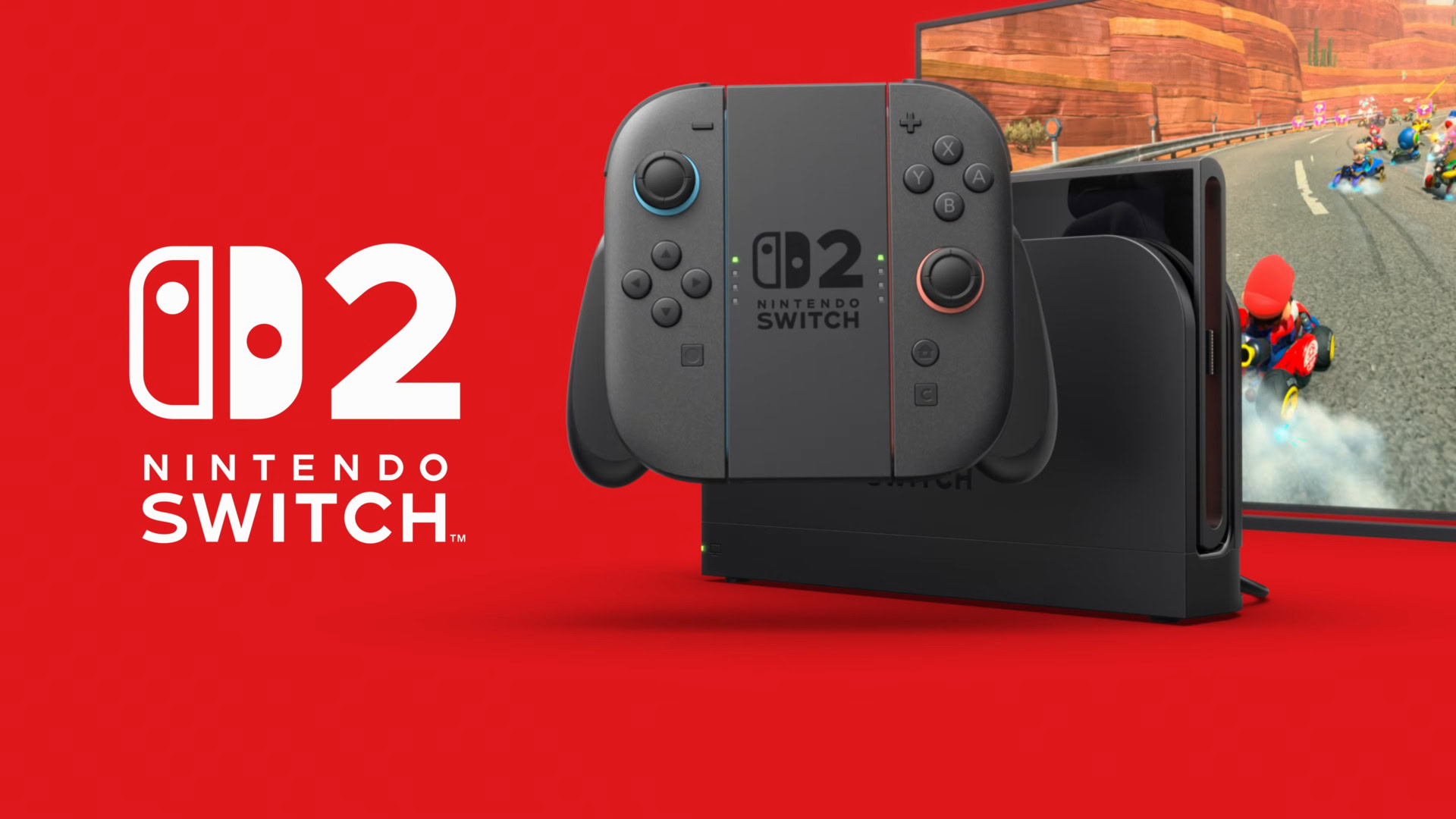
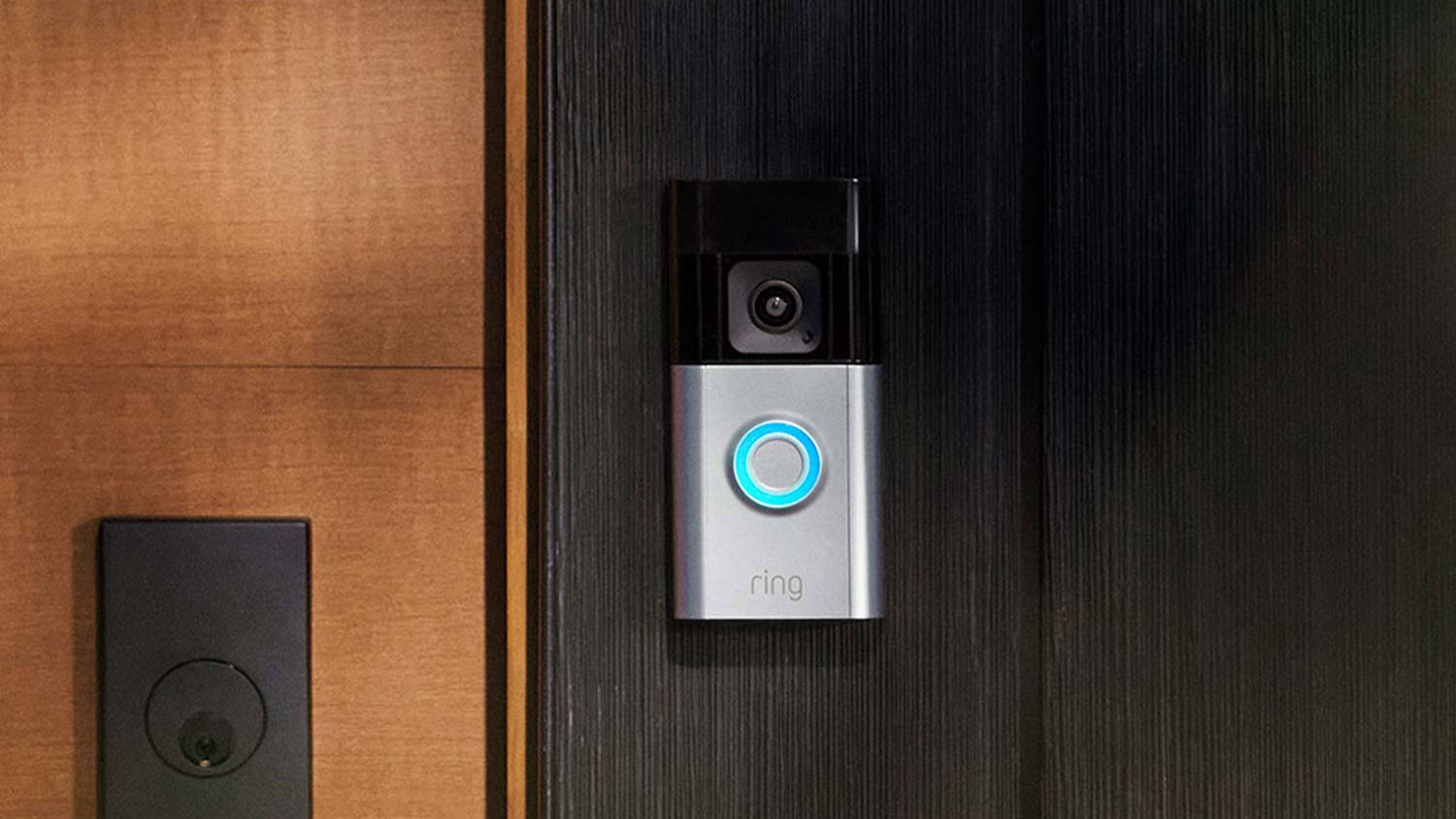
















![M4 MacBook Air Drops to New All-Time Low of $912 [Deal]](https://www.iclarified.com/images/news/97108/97108/97108-640.jpg)
![New iPhone 17 Dummy Models Surface in Black and White [Images]](https://www.iclarified.com/images/news/97106/97106/97106-640.jpg)


















